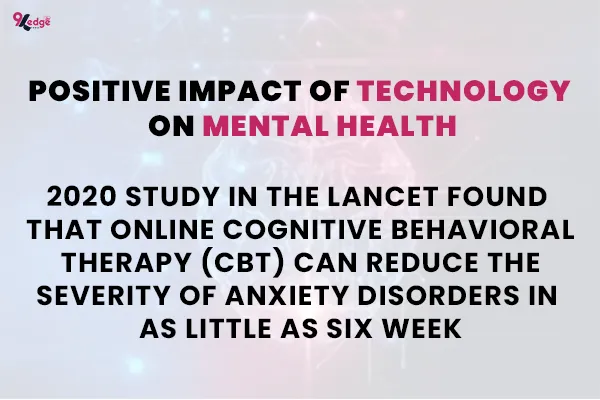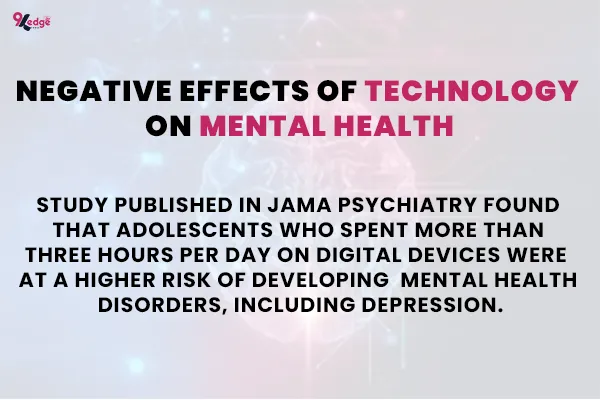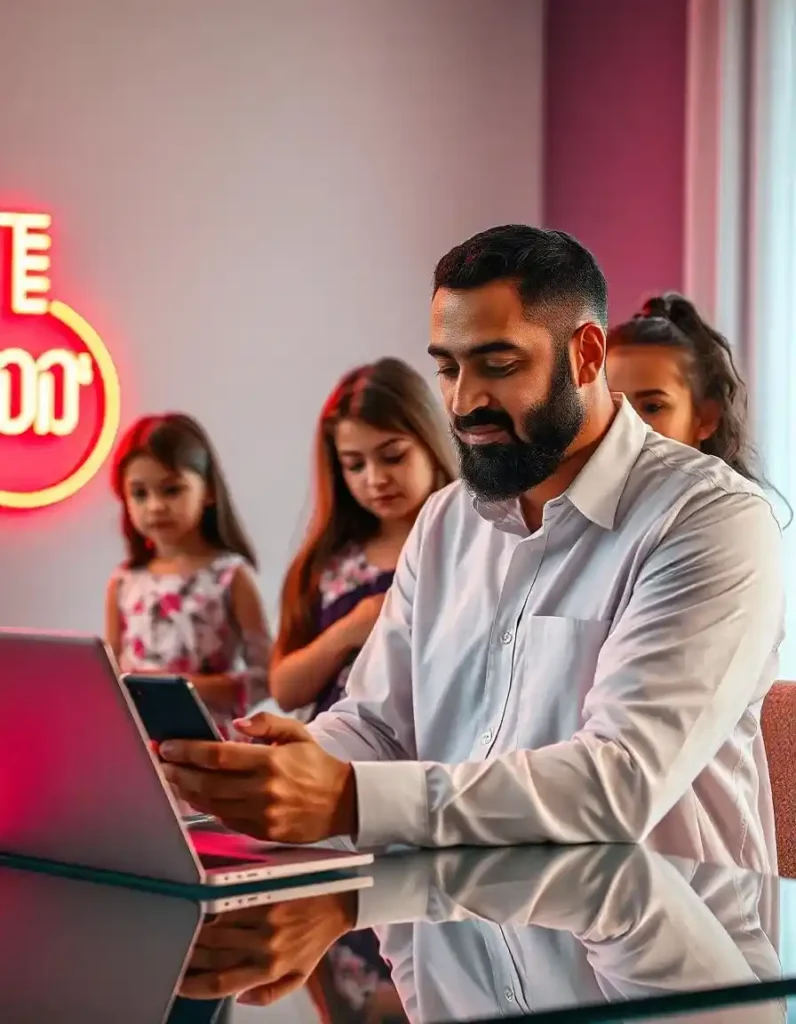Technology and Mental Health
In today’s tech-driven world, we can’t help but wonder: what causes mental health problems in children? how does technology affect mental health? Is it the kind of friend that provides resources to better one’s life, or is it a hindrance that makes conditions such as anxiety and depression worse? Most of the time, with the rise of social media platforms, mobile apps, and digital health tools, technology can either cause beneficial effects in aspects of mental health or can bring an overall negative impact on the health of a person.
Let’s delve into the effects of technology and mental health, explore both the positive and negative consequences, and answer the burning question: is it possible for technology to work for the benefit of mental health, or is it a double-edged sword?
Technology and Mental Health: Both Sides of the Pictures
The Positive Impact of Technology on Mental Health


People always blame technology in regards to mental health but when harnessed properly the technology is actually a solution. Imagine having access to mental health services right at your fingertips—well, that’s now a reality. Through apps like Headspace for meditation or Talkspace for therapy, young adults and others can receive instant support. Access to mental health services has never been more efficient or convenient.
According to recent studies, digital mental health tools can be effective in managing conditions like anxiety and depression. For example, a 2020 study in The Lancet found that online cognitive behavioral therapy (CBT) can reduce the severity of anxiety disorders in as little as six weeks. Through the use of these tools, people who suffered from such problems in the past have gotten hope.
Moreover, technology has also enabled mental health awareness to reach new heights. From social media campaigns to podcasts, online communities are helping people feel less alone in their struggles. Social media sites, when used responsibly, can connect people and provide a sense of belonging.
The Dark Side: Negative Effects of Technology on Mental Health


But wait, not all tech-related trends are positive. There’s a downside to all the time spent on social media platforms and digital devices. One of the biggest concerns is the negative impact of excessive screen time on sleep patterns. One study done by JAMA Psychiatry showed that youths who use technology products for more than three hours per day are likely to develop mental disorders such as depression.
This results in anxiety and depression whereby, people become extraordinarily dependent on their gadgets making them get annoyed each time they receive notifications of the sites that they regularly follow. Research also suggests that more time spent on social Platforms makes individuals feel more undesirable or less self-confident, particularly among young people.
It is easier to focus on the bad side when we see others better off than us, as a result, success tends to cause stress. This way, the more you scroll through the page, the more you feel that you are living in a parallel world which is definitely not healthy for your mind.
Limits on screen time can help, but it’s not a perfect solution. Even with these limits, constant connectivity can still cause stress. Notifications never stop. We live in an age where it’s hard to escape the digital world.
Can Technology Help Improve Mental Health?
These are facts proving the idea that negative impacts could be inflicted by technology on people’s mental health, it’s important not to overlook, it has to be emphasized that technology can also help. The issue is one of how to harness technology most effectively. Instead of adopting its negative impacts on mental health, we can use technology for the better.
For instance, the rise of virtual support groups on social media platforms like Facebook and Instagram can create communities where individuals openly discuss their mental health problems. These online communities help people share their experiences, offer advice, and provide emotional support. Such spaces can be crucial for those who have limited access to in-person therapy or live in regions with fewer mental health resources.
Moreover, apps that help monitor mental health progress, like Moodpath, help individuals track mood patterns and get feedback on their emotional well-being. With these resources, individuals can better understand their own mental health and learn when to seek professional help.
Striking a Balance: Technology as a Tool, Not a Trap
So, is technology a roadblock or a companion? The answer isn’t black or white. Technology, like anything else, must be used in moderation. There’s a fine line between leveraging technology and mental health for improvement and letting it spiral into an unhealthy obsession.
To avoid the adverse impact on mental health experts advise limiting the use of technology, there exist technology gadgets that have positive benefits on the mental health of users, and face-to-face conversation is preferred to online. The point is that we should take advantage of digital technology tools in health care and still not disregard real-life contact.
Conclusion: Technology—A Blessing or a Curse?
In conclusion, we may have seen that technology plays both, a role that is beneficial or otherwise booming, for the health of the human mind. It provides tools that may improve people’s quality of life and mental health, as well as facilitate the treatment of the disorders. This is especially true though, if it is used ham-handedly as some of the side effects include anxiety and depression. The final objective is not to eliminate technology but to use it consciously and responsibly – to know what it harms, and for what it can heal.
Thus, with the help of technology, a little self-reflection and a little self-control can significantly improve the level of mental health.



